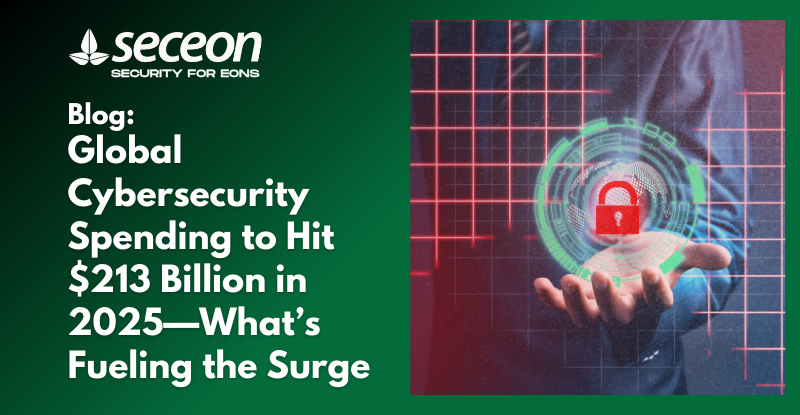
Global spending on cybersecurity is projected to soar to $213 billion in 2025, up from $193 billion in 2024, according to Gartner, as reported by ITPro. Forecasts show continued momentum with spending expected to reach $240 billion by 2026.
The surge in investment is being driven by three main factors:
1. Expanding Threat Landscape & AI Risks
Cyber threats continue to grow in complexity and scale, fueled by emerging risks in cloud environments and AI-powered attacks. Securing AI workloads—in developmental, runtime, and testing phases—has become essential as more organizations adopt generative AI capabilities.
2. Cloud Security Needs Across Maturity Levels
Spending on security software is rising sharply, with projections showing an increase from $95 billion in 2024 to $121 billion by 2026. As organizations progress through cloud adoption stages, they require security solutions tailored to protect cloud-native applications, provisions, and third-party integrations.
3. Enduring Legacy of the Cyber Skills Gap
With a global shortage in cybersecurity talent, organizations are relying more on external support—including MSPs and managed detection services—to fill critical gaps. Security services spending is expected to grow from $77 billion in 2024 to $92.7 billion in 2026.
This spending projection reflects not only reactive defense but also structural shifts in how organizations approach cybersecurity:
As budgets grow, the challenge lies in aligning spending with evolving risks—without causing operational fragmentation or overspending. The future of cybersecurity defense depends on platforms that unite intelligence across network, endpoint, identity, and cloud domains, empowered by machine learning to scale alongside change.
Seceon offers a modern, AI-driven platform designed to deliver behavioral analytics, automated threat detection and response, automated threat hunting, and full coverage through an integrated SIEM-SOAR-EDR architecture. Our foundation allows organizations to remain agile and secure—without adding complexity—precisely as the world’s cybersecurity investments hit new highs.
